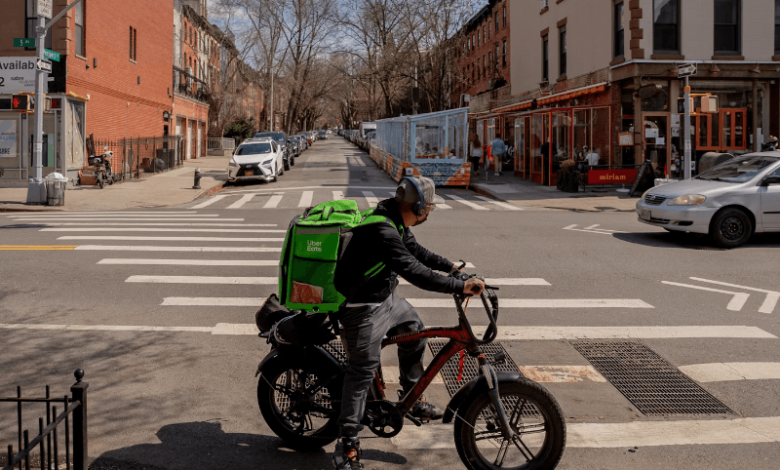Do you think food delivery could exacerbate climate change? Sometimes it’s better

The US citizens’ appetite for online grocery sales increased more than 50% during the COVID pandemic. It soared from $62 billion in 2019 to $96 billion in 2020. One in five consumers currently has groceries delivered to their door at least once a month.
The online grocery market is estimated to reach $455 billion in value by 2029, according to Statista. Simultaneously, there has also been a steep rise in demand for restaurant takeout by Uber Eats and DoorDash. Meal kits are also seeing a strong performance.
But it is important to highlight here that food production and transportation make up as much as one-third of a typical US household’s annual contribution to carbon emissions. A sizeable portion of food produced in the country goes into landfills, subsequently creating methane.
But home deliveries could sometimes be better
In 2022, some researchers modeled a single 36-item grocery cart to compare greenhouse emissions from an e-commerce grocery delivery and a traditional trip to the store to get the same item. They reached some interesting results.
Using an electric vehicle to pick up groceries could cut emissions by as much as half, compared to gas-supported ones. But the researchers also found that home delivery could be an even better option as orders are often clustered in such cases.In fact, a 2019 study found that meal kits could be one of the best options to reduce greenhouse gas emissions. The meal kits did have more packaging overall but they also enabled more efficient use of food as cooking from scratch means buying more ingredients than necessary.



